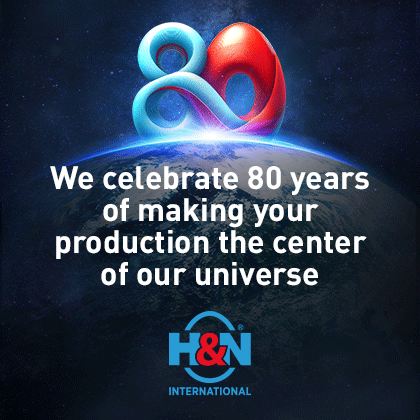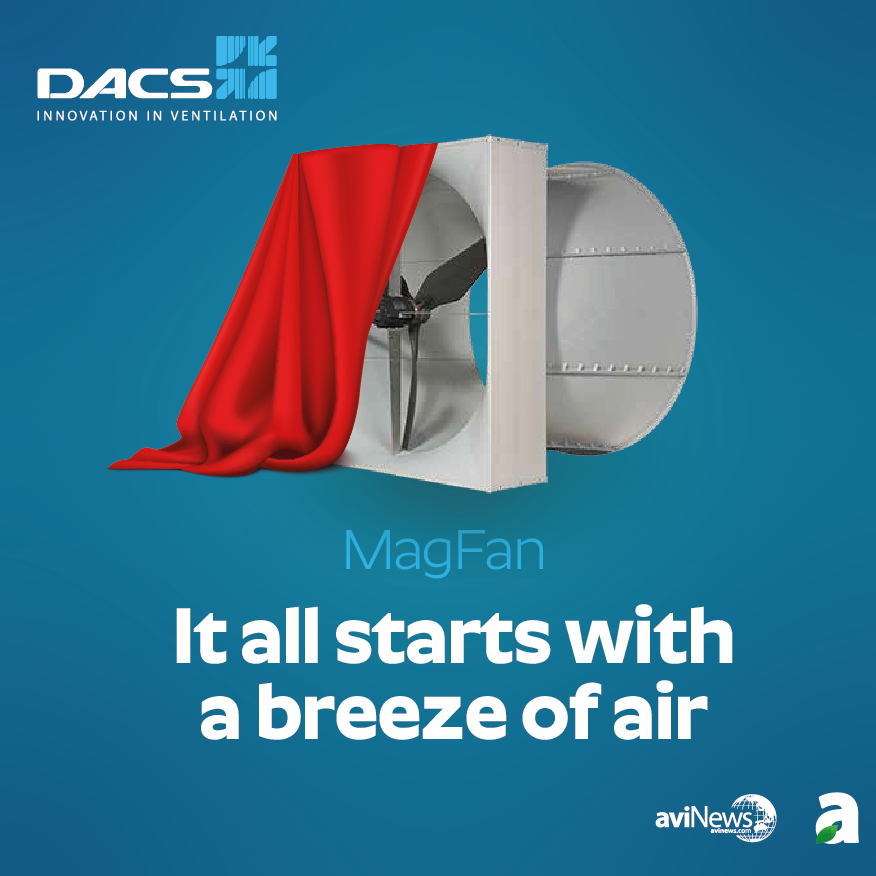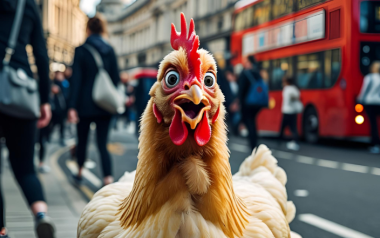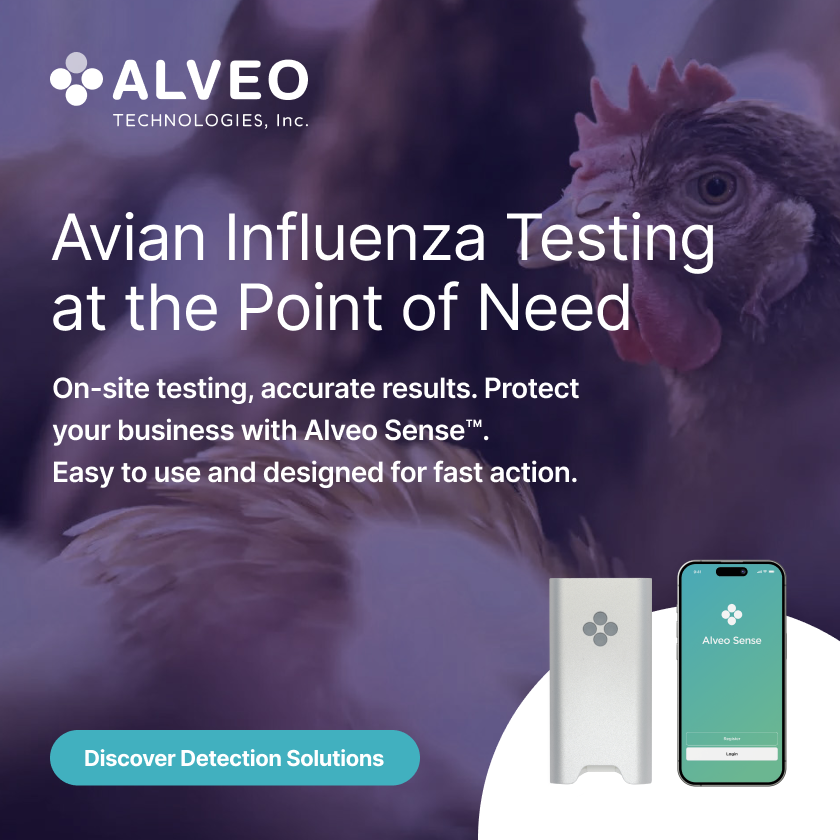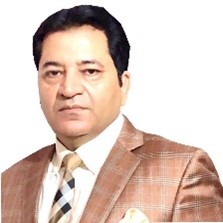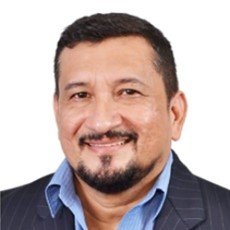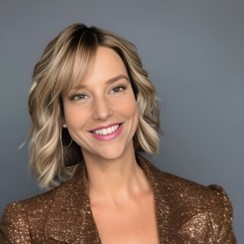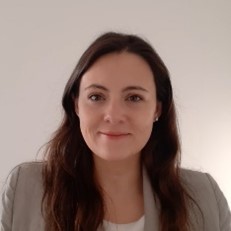
03 Jul 2020
Genomics and benefits of early intestinal microbiota colonisation
Content available at: Español (Spanish)Previously, the interactions of the microbiota were unknown since we did not have adequate technology to […]
Available in other languages:
Content available at:
Español (Spanish)
Previously, the interactions of the microbiota were unknown since we did not have adequate technology to study them, merely some notion that certain bacteria are important to the animal’s health due to the poor economic performances observed in birds that do not have a complete bacterial flora.
Molecular techniques have facilitated studying this micro-environment and as well as microorganisms that cannot be cultivated in artificial culture media.
We now know that gut bacteria, known collectively as the gut microbiota, has the ability to:
- Improve intestinal maturation
- Increase the amount of nutrients that cross the intestinal epithelium from the lumen into the bloodstream
- Decrease the presence of pathogens in the intestine
- Facilitate the degradation of nutrients
- Produce substances that are used as an energy source by the intestinal cells
- Stimulate the immune defense mechanisms in the intestine
However, we have only just begun to understand the role of the host gut microbiota, especially since most of the research in this field has been done on the same basis as the human microbiota.
The intestinal microbiota of commercial birds is extremely interesting and unique .
Our team of researchers, using data generated in various studies carried out over several years, is trying to understand the intestinal microbiota of birds and its importance for:
Continue after advertising.
- Bird development
- Maintaining intestinal health

The intestinal tract of the Athens Canadian Random Bred (ACRB) strain of birds, which represent an unselected genetic line since 1957, show differences in:
- Structure of the intestinal villi
- Absorption surface
- Intestine length compared to modern birds of the same age
These differences can also be recognized as different habitats that are colonized in different ways. Our studies showed that ACRB birds show less diversity in their intestinal microbiota and a different bacterial composition compared to modern birds fed the same diet (Figure 1).

Figure 1. Intestinal diversity in birds subjected to intense genetic selection compared to birds not selected since 1957

Figure 2. Potential pathogens identified in the intestine of newborn chicks
It can be assumed that the genetic selection of commercial birds to improve economic performance has also led to a selection of the intestinal microbiota.
TO CONTINUE READING REGISTER IT IS COMPLETELY FREE
Access to articles in PDF
Keep up to date with our newsletters
Receive the magazine for free in digital version
REGISTRATION
ACCESS
YOUR ACCOUNT
LOGIN
Lost your password?




